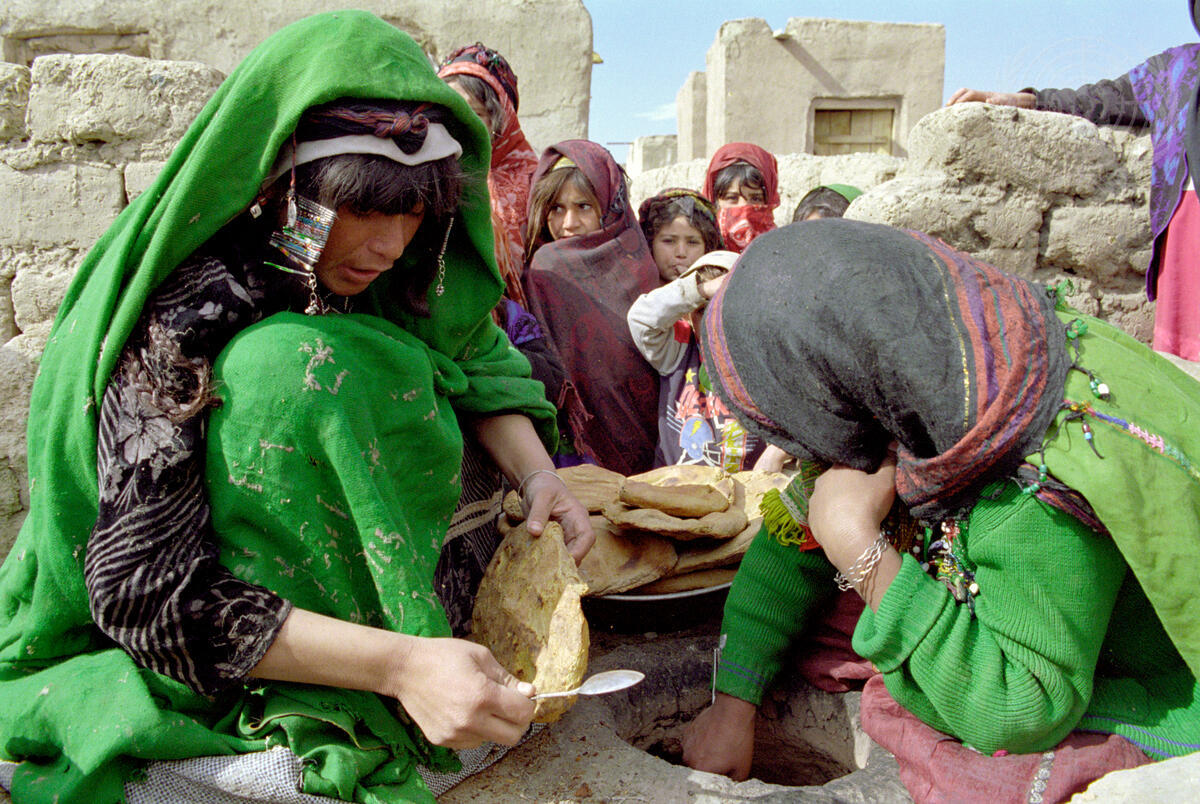Afghanistan has a heterogeneous population of 40 million that includes ethnic groups such as Pashtuns, Tajiks, Hazaras, Uzbeks, Turkmens, and others. Among these groups, Pashtuns are the largest one and make up most of the Taliban’s leadership. They are politically dominant Sunni Muslims and speak Pashto, an Iranian dialect. Although the Hazaras constituted the largest ethnic group in the country before the 19th century, they currently account for 10% of the population. They are mainly inhabited in the mountainous region of Ḥazārajāt (land of the Hazara). While this area is in the center of the country, it is the most isolated part of Afghanistan due to highlands and inadequate communication facilities.
The Hazaras mostly belong to the Shi’a Islam and speak Hazaragi, a dialect of Dari (Persian). They are believed to be the descendants of Genghis Khan’s soldiers who came to the region in the 13th century during the Mongol invasion. Historically, the Hazaras have endured systematic discrimination, social and political repressions, economic pressures, pogroms, and displacement. The discrimination against this ethnic group is still effective today. Especially, it became apparent with the recent persecutions of the Hazara men in Afghanistan. This paper will explore the historical background of the Hazaras’ oppression in this country and its current human rights implications.
The difference in ethnic roots and religious beliefs between Pashtuns and Hazaras has led to a centuries-long feud between the two groups. Particularly in 1888 – 1893, Pashtuns carried out ethnic cleansing of the Hazaras, killed more than half of their population, and enslaved thousands of them. The practice of the Hazaras’ enslavement continued for many more years even after the Pashtun monarch officially abolished slavery with the Constitution of 1923. However, there was a sense of relative peace and prosperity in the country for half a decade succeeding the adoption of this constitution. Following the series of reforms implemented by the monarch, the People’s Democratic Party of Afghanistan (PDPA) was founded in 1965 and was predominantly composed of Pashtuns.
The political turmoil started once Afghanistan was declared a republic as a result of the coup d’état in 1973. Five years after the republic’s establishment, the PDPA started the Saur Revolution, which launched the mass repression of various ethnic groups including the Hazaras. This oppression led to the uprising of anti-government armed groups and rebellion. Consequently, the Soviet Union deployed its army to take control of the country in 1979. The Hazaras opposed the Soviet invasion and organized politically during the 1979-1989 Soviet-Afghan War. When the Soviet troops left, the country fell into the civil war. One of the factions fighting in this war was the Taliban that took over the control of Afghanistan in 1996.
The Taliban declared the Hazaras kafirs (non-Muslims) due to the difference in their belief and an old vendetta. He launched a jihad against the Hazaras, slaughtering thousands, and forced them to flee. However, the U.S.-led forces overthrew the Taliban in 2001. The situation of the Hazaras improved in the aftermath of the Taliban’s removal from power. For example, the Constitution of 2004 recognized the civil rights of the Hazaras among other ethnic minorities and turned Afghanistan into a representational democracy. It provided the Hazaras with voting rights, access to political positions, education, health service, and employment opportunities.
Meanwhile, the Taliban continued its sectarian attacks against Shi’a Muslims and mainly targeted non-Pashtun areas throughout its battle with the Afghani government. As a result, the Hazaras continued to be the main victims of civilian causalities from 2009 to 2018. Similarly, according to a report by the United Nations Assistance Mission in Afghanistan, the Hazaras were the target of increased sectarian attacks in the first half of 2021. Additionally, Amnesty International reported that the Taliban tortured and brutally killed nine men in the village of Mundarakht, Malistan district in July 2021. The same report also claims that the Taliban controls the information outflow from the captured territories through controlling the telecommunication channels.
On the other hand, the Taliban promised no discrimination against the Shi’a Muslims after its return to power last month. As the Taliban’s takeover has left no scope for the international community or Humanitarian Aid organizations to intervene, ethnic minorities have mistrust towards the Taliban and choose to flee the country, leading to another refugee crisis and humanitarian disaster. Additionally, the current situation in Afghanistan implies that the Taliban will continue to rule with the same methods and tactics as before. Furthermore, considering the previous attacks on the Afghanistan Independent Human Rights Commission, it was already an unsafe country for human rights defenders prior to the departure of the U.S armed forces. Thus, with the Taliban takeover, it became inevitable to observe a rapid escalation in the human rights violations, leaving the members of various ethnic groups deeply concerned. The Taliban’s current control on the information outflow also obstructs other countries and relevant organizations from finding out the further oppression of the Hazaras.
Image – UN Photo Digital Asset Management System

